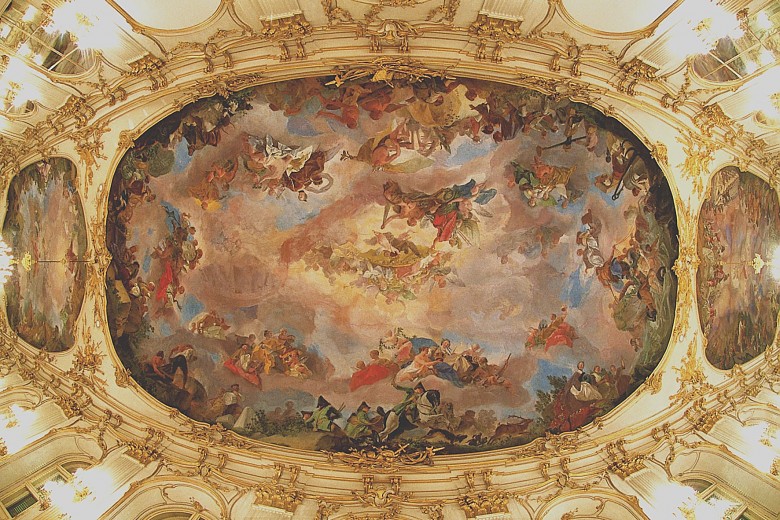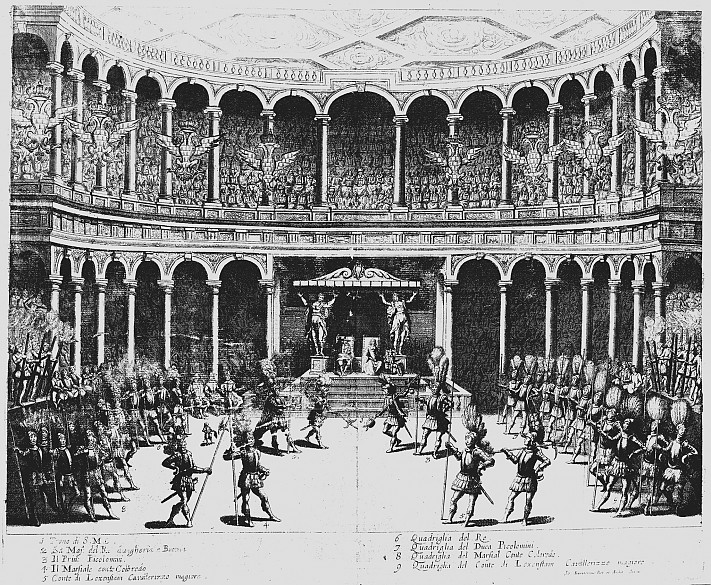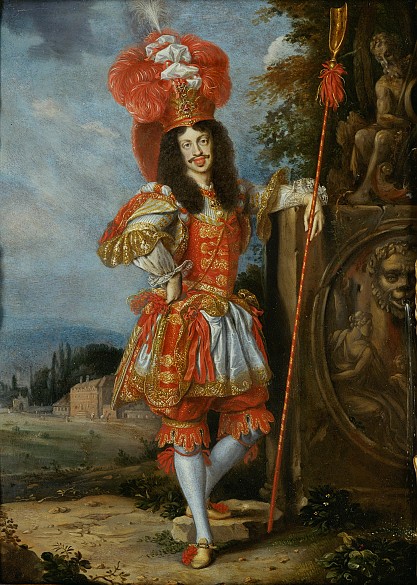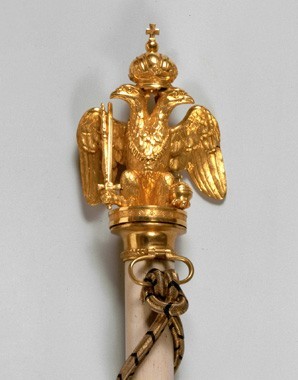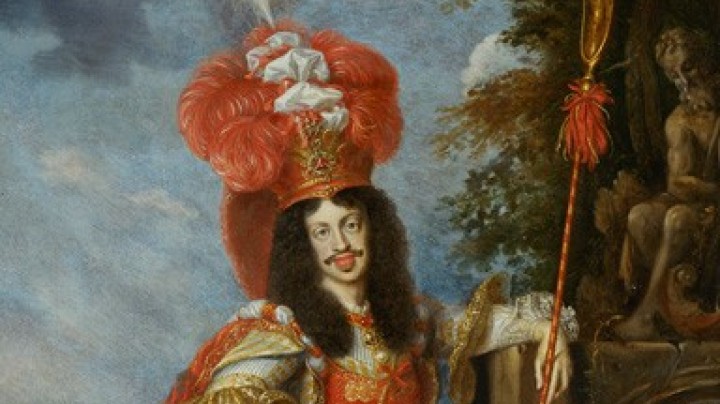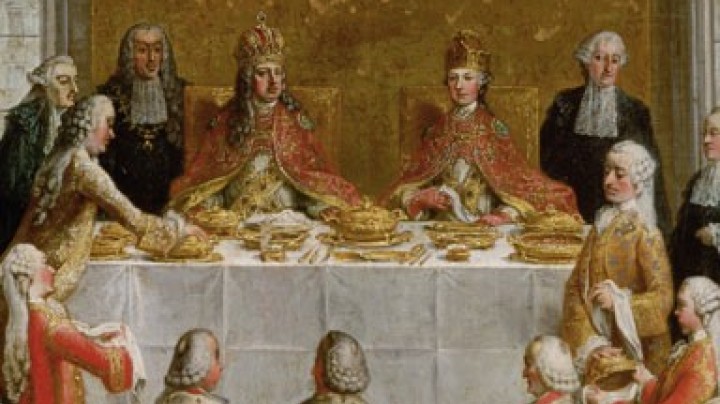The Emperor and his Court
The Emperor was at once head of the dynasty, head of the imperial household and, in the conception of absolutist political doctrine, the embodiment of the state: the imperial Court was the platform on which Habsburg power was made manifest in all its many layers.
The Habsburgs of the Baroque era ruled over a multiplicity of lands which were united only at the apex of society, in the person of the monarch. The individual territories were represented at Court by their nobility. Thus the Court nobility constituted an exclusive ‘public’ in the immediate ambit of the Emperor.
Membership of Court society and the concomitant proximity to the Emperor were understood as a distinction. Thus it was important to keep access to the monarch as restricted as possible. A highly differentiated order of rank was created to make it clear who stood on which rung of the hierarchy. Each rank required its own special clothing, deportment and lifestyle. There were strict rules governing who was granted admission and to which degree. The nobility competed for the favour of the monarch; the extent of an individual’s right of access to the ruler as the source of power was regarded as an indicator of his position at Court and thus in the part of the Habsburg lands that he originated from.
One of the basic functions of a court, over and above serving the princely family and providing support for the prince in the affairs of government, was to display the wealth and power of the ruler. Festivities provided a special opportunity to project the ideological conception of the dynasty to the outside world by making extravagant use of the arts: the aim was to impress the public at large. Public spaces, even the whole city, became a stage. Reports and records of the pomp and expense involved were intended to convince foreign powers and posterity of the vigour of the state and dynasty.
It was of vital importance that the dignity and prestige of the dynasty should be represented in an appropriate manner. This involved almost unimaginable pomp and splendour: to modern eyes, this seems like pointless extravagance, but for a princely court it was an end in itself. This display of splendour enabled the monarch to demonstrate visibly his preeminent status in the hierarchy of power.
Another essential feature of life at Court was the lack of separation between the private and public spheres. The borderline was fluid; more or less everything was public, with even the banal things of daily life being subjected to a strict choreography. The emperor had no private life – the monarch slept, ate, prayed, celebrated, lived and died under the eye of the court.
